Here is an easy, flavoursome, vegetable stock recipe for everyday cooking. It is a vegan, gluten-free, meal-prep-friendly, one-pot stock recipe.
What is a Vegetable Stock?
Vegetable stock is a flavoursome, aromatic liquid prepared by simmering various vegetables, herbs, spices and seasoning in water over low heat. It is commonly used to make soups, pasta, risotto, sauces, and gravy dishes.
It is a wholesome, nourishing ingredient that enhances the flavour of the dishes. A stock adds an excellent depth of flavour that cannot be achieved with plain water.
Homemade vs Readymade
Why make vegetable stock at home when it is readily available in supermarkets? Making your stock will uplevel your soups and other recipes exponentially! The homemade vegetable stock is:
- easy to customize
- free of preservatives
- delicious natural flavour
- no added artificial flavour
- cheap and budget-friendly
- made with quality ingredients
- improves the nutritional quality of dishes
- an excellent way to use leftover vegetables
However, I will not deny that the packaged stock is convenient and does not require extra time and effort like the homemade one. But it may feel like an extra step at first to make your vegetable broth, but once you get the hang of it is pretty simple with very little hands-on time.
Best Vegetables For Stock
You want vegetables with neutral but savoury flavours when making basic vegetable stock. Here are a few vegetables you must include in your stock:
- garlic
- celery
- onion
- carrot
- leek
Now, apart from these, there are a few additional ingredients that are part of my vegetable stock recipe:
- herbs like coriander stalks, thyme, or parsley
- wild or button mushrooms
- ginger
- black peppercorns
- cinnamon stick
- bay leaf
- salt
Optional Taste Enhancers: You can add these vegetables and herbs to your vegetable stock.
- parsnip
- corn cob
- fennel bulb
- lemongrass
- mushroom stems
- vegetables peels like onion, carrot
Vegetables To Avoid
Avoid watery, cruciferous, and starchy vegetables for making vegetable stock, as they lend a bitter taste and cloudy and gummy texture to the broth.
- zucchini
- potatoes
- broccoli
- cabbage
- radishes
- cucumber
- green peas
- pumpkin
- eggplant
- beetroot
- cauliflower
- green beans
- okra (ladyfinger)
- summer squash
- brussels sprouts
- purple vegetables
- spinach and other green leafy vegetables
How To Make Stock
First, wash the vegetables well. You don’t want to taste dirt or sand in your stock! I prefer using farm-fresh, organic vegetables for making stock.
Next, roughly chop them. The shape isn’t important – they can be bite-sized or chunks.
Build layers of flavour by sauteeing – garlic, ginger, onion, celery, bay leaf, and mushrooms in olive oil (images 1 & 2).
Then, simmer. Add the remaining vegetables, spices, salt, and water to the saucepan.
Cover and simmer it over low heat for 30 minutes (images 5 & 6).
Finally, strain the stock through a fine mesh strainer to remove the vegetables and whole spices (image 8).
Vegetable Stock is ready to use or store.
Storage Suggestion
Before storing, allow the vegetable stock to cool down completely. Transfer it to a container with a tight-fitting lid. You can keep it in the refrigerator for a week.
After cooling down, transfer the broth to an ice cube tray, and freeze. Once you have frozen solid stock cubes, pop them into a ziplock bag and store them in the freezer. You can use frozen stock cubes for several months.
How To Use Vegetable Stock
You can use homemade vegetable stock in a million creative ways. The simplest way to use broth is in soups and stews.
Apart from that, it enhances the flavour of pasta sauce, baked vegetable casserole, shepherd’s pie, rice dishes, or vegetables in hot garlic sauce.
You can add vegetable stock to any vegetarian dish that calls for a broth.
Homemade Vegetable Stock has a delicious savoury flavour and is full of good nutrients; you can drink cups of it.
My Tried & True Tips
I would not recommend adding scrapes and peels of vegetables to the broth until and unless they are organic and pesticide-free.
Use room temperature water- veggies have different cooking times and flavour solubility. Cold or room temperature water allows them to release flavour slowly without breaking down.
Celery, Onion, and Carrot are the holy grail of vegetable stock. Make sure to include them in your vegetable stock recipe.
Allow the vegetable stock to simmer over low heat. Do not boil it over high heat. While simmering, there is no need to stir the stock.
Additional Ingredients like coriander seeds, star anise, dried mushrooms, Italian herbs (oregano, thyme, sage), or sundried tomatoes can elevate the flavour of your vegetable stock. It all depends on for what purpose you want to use homemade broth.
Watch Stock Video
More Easy Kitchen Hacks
Subscribe to our weekly newsletter or follow us on Youtube for video recipes.
If you try this recipe and love it, please leave a comment and a rating. This helps us grow and reach other food lovers like you.
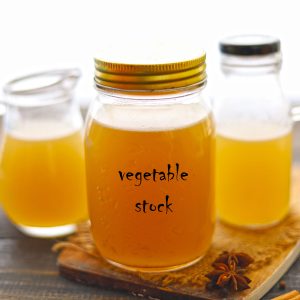
Easy Vegetable Stock Recipe
- stockpot or saucepan
- Strainer
Ingredients
- 2 tablespoon olive oil
- 2 bay leaf
- 1 cinnamon stick
- 2 thyme sprig
- 1 tablespoon ginger, chopped
- 1 whole garlic, cut into half
- ¼ Cup chopped celery stalk
- ½ Cup onion, roughly chopped
- 1 Cup carrot, diced
- 1 Cup button mushrooms, diced into quarters
- ½ Cup fresh coriander stalks
- 1 litre water, at room temperature
- 1 teaspoon black peppercorns
- 1 teaspoon salt or to taste
Instructions
- Rinse vegetables with water and roughly chops them into chunks or bit size pieces. Don't bother about the shape.
- Heat olive oil in a big stockpot or casserole. Add ginger, bay leaf, cinnamon, thyme, celery, onion, carrot, and mushrooms. Saute them for less than a minute.2 tablespoon olive oil, 2 bay leaf, 1 cinnamon stick, 2 thyme sprig, 1 tablespoon ginger, chopped, 1 whole garlic, cut into half, ¼ Cup chopped celery stalk, ½ Cup onion, roughly chopped, 1 Cup carrot, diced, 1 Cup button mushrooms, diced into quarters
- Add water, coriander stalks, black peppercorns, and salt. Stir to combine.½ Cup fresh coriander stalks, 1 litre water, at room temperature, 1 teaspoon black peppercorns, 1 teaspoon salt or to taste
- Cover and simmer over low heat for 30 minutes. No need to stir the stock in between. Set a timer and forget about it.
- After 30 minutes, turn off the heat. Allow the stock to cool down a bit so that it becomes easy to handle.
- Arrange a strainer over a big bowl. You can add a layer of muslin cloth over the strainer. Filter the vegetable stock through the strainer. Mash the vegetables lightly if you prefer.
- Vegetable Stock is ready to use and store. Before storing, allow the vegetable stock to cool down completely. Transfer it to a container with a tight-fitting lid. You can keep it in the refrigerator for a week, or you can freeze it in an ice tray.
Recipe Notes:
- No need to brown the vegetables while sauteing. We are only trying to release their flavour and infuse it into the oil.
- You can make this vegetable stock in an instant pot using the broth/stock mode or the pressure cook mode.
- I would not recommend adding scrapes and peels of vegetables to the broth until and unless they are organic and pesticide-free.
- Avoid watery, cruciferous, and starchy vegetables listed above in my post for making vegetable stock.

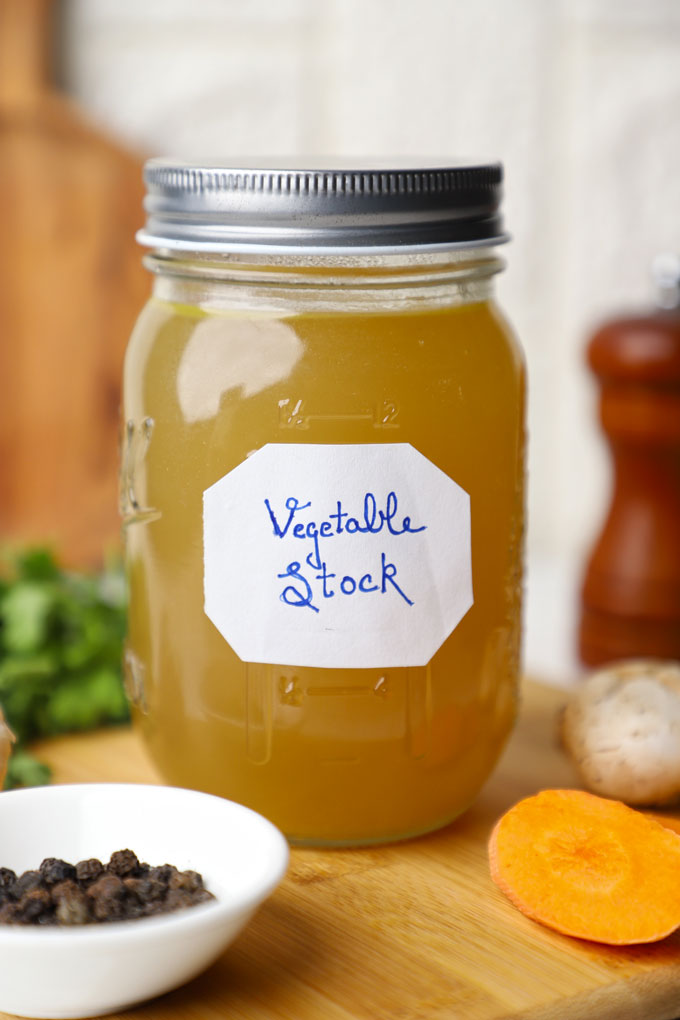

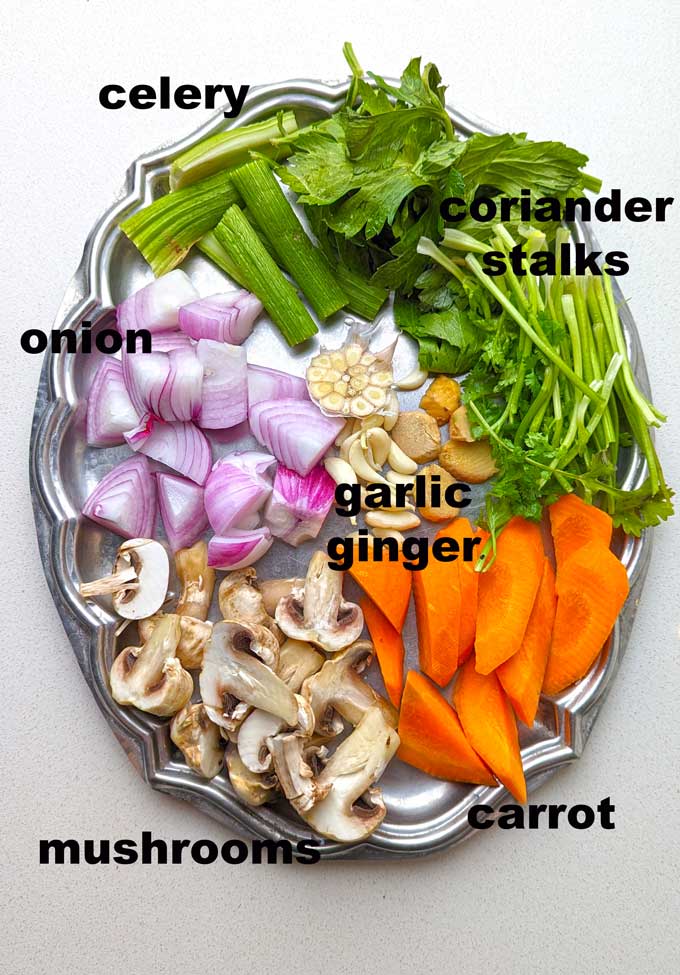
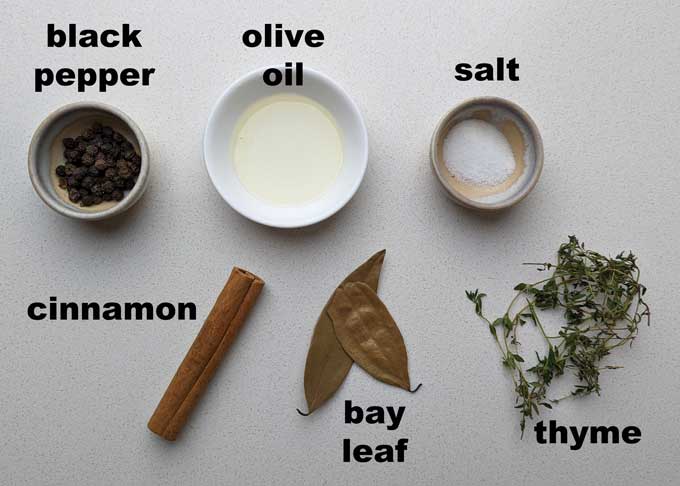
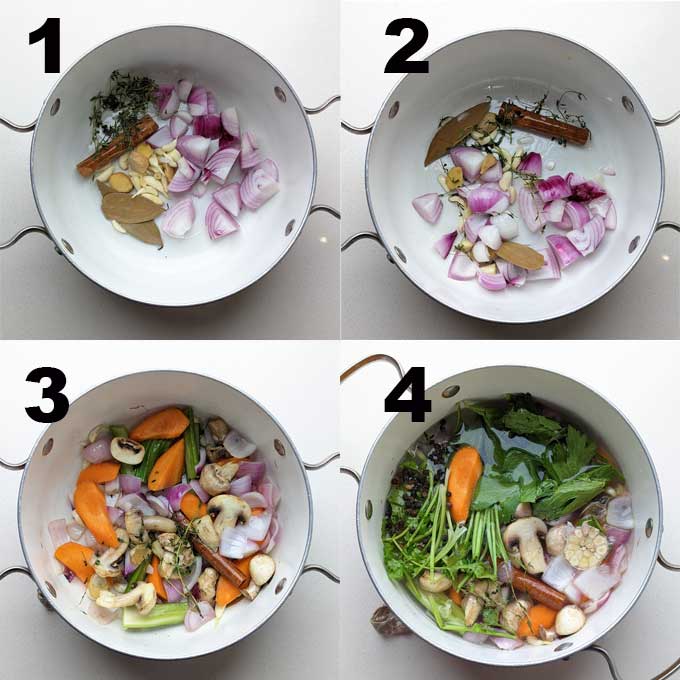

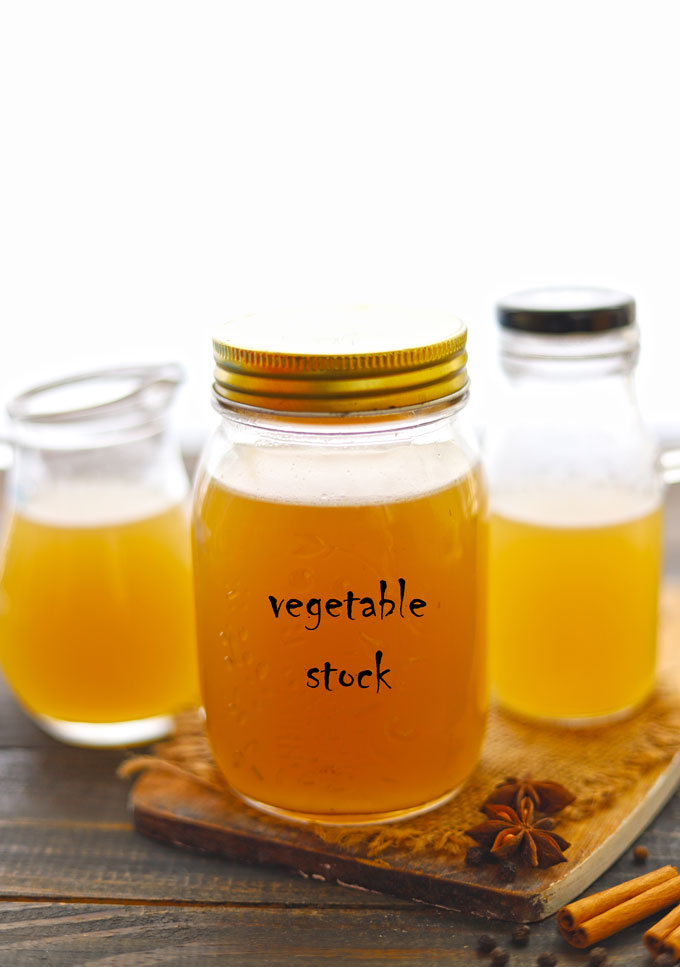
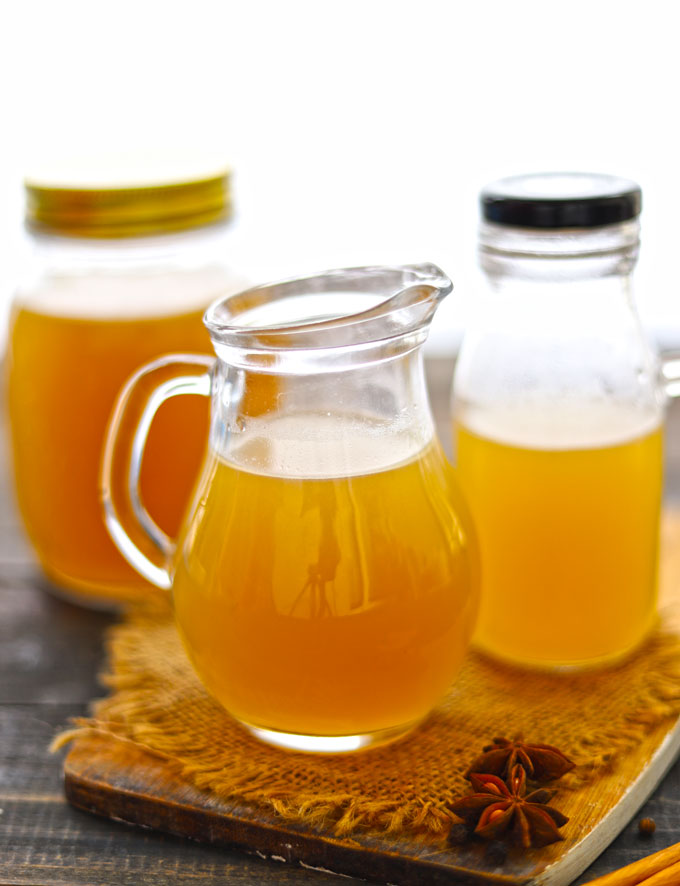
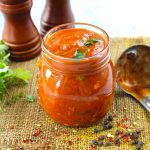

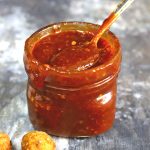

Suriya says
Nice blog! Thanks for sharing useful information about Easy Vegetable Stock Recipeblog
Minal says
Hi what do you do with the leftover veggies from the stock once the stock is strained and packed to store? Are they not consumable ? Thats too many vegs to throw away so wanted to understand what everyone does.
Thank you
Hina Gujral says
The things here to understand is those vegetables are left with no nutrition. So they are only good as fibre. You can add them to pav bhaji, puree and mix in soups, or mash them with rice and make cutlets. I prefer feeding them to my cats and dogs and cow with rice.
Ekta Desai says
Wonderful ☺️☺️☺️
Nice information
Innovative